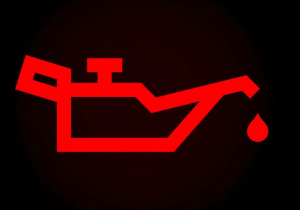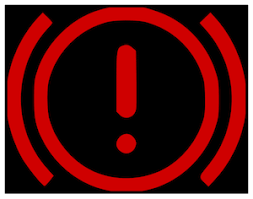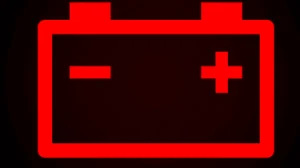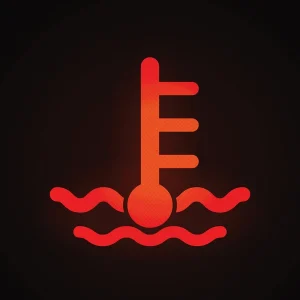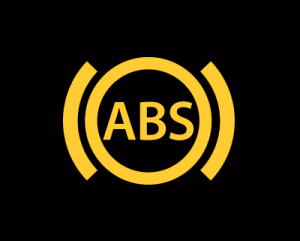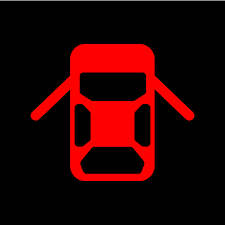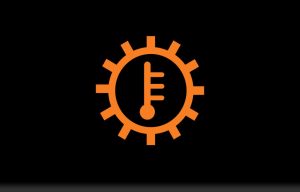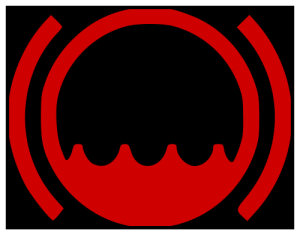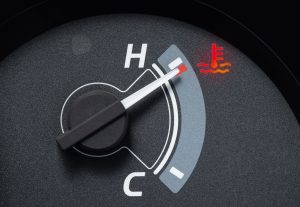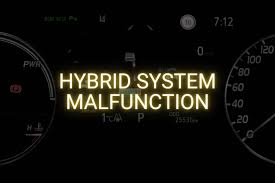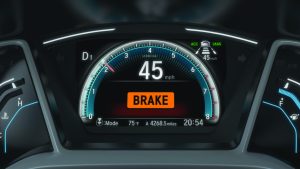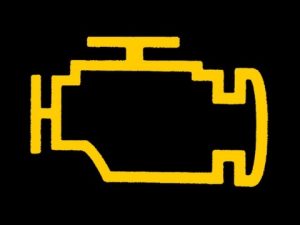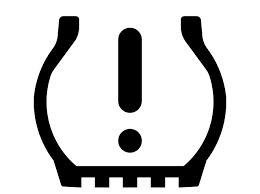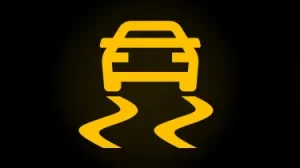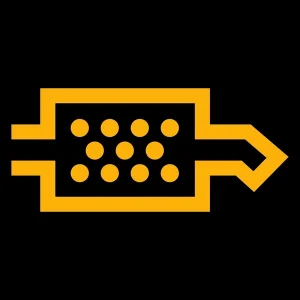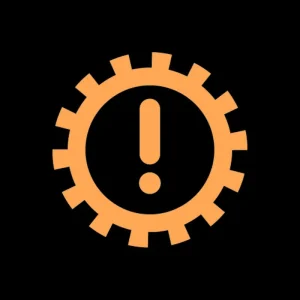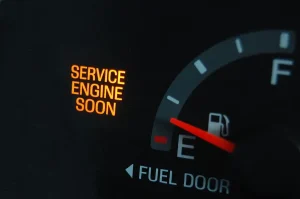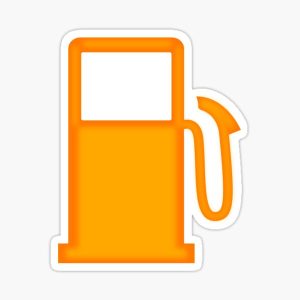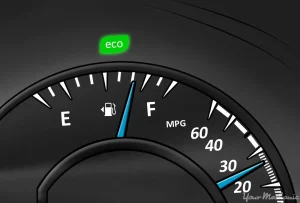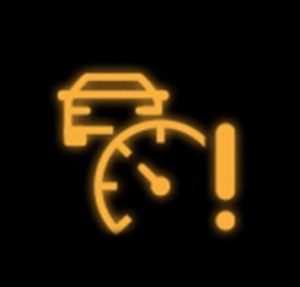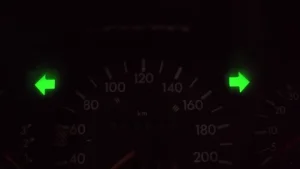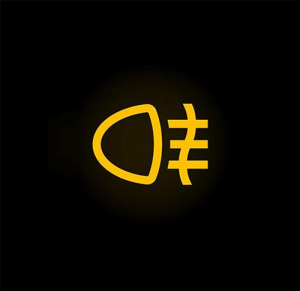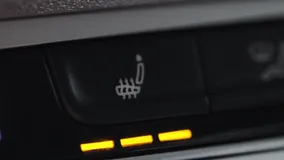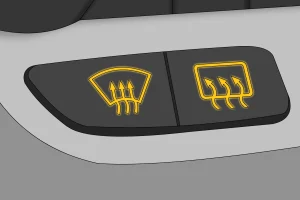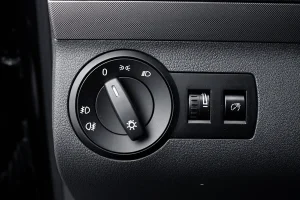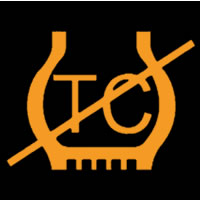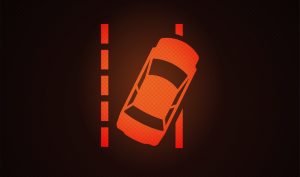Understanding dashboard warning lights in your Jaguar X-Type is essential for safe driving and preventing costly repairs.
These lights alert you to potential issues ranging from minor notifications to serious problems that could lead to breakdowns or accidents. By recognizing them early, you can take prompt action to maintain your vehicle’s performance and ensure passenger safety.
Quick Navigation
Red Warning Lights (Stop Immediately)
These indicate critical issues that require you to pull over safely and stop driving right away to avoid damage or danger.
Engine Oil Pressure
This light signals low oil pressure, which could cause engine damage from lack of lubrication. Possible causes include low oil level or a pump failure. Stop the car immediately, check the oil level, and do not drive until fixed—call for roadside help if needed.
Brake System Alert
It warns of problems like low brake fluid or a failure in the braking system, risking reduced stopping power. Causes might be leaks or worn pads. Pull over safely, avoid driving, and have a mechanic inspect it right away.
Battery Charge Warning
This shows the battery isn’t charging properly, possibly due to a faulty alternator or loose belt. It could lead to the car stalling. Stop driving, turn off non-essential electrics, and seek professional repair immediately.
Coolant Temperature Warning
Indicates the engine is overheating, often from low coolant, a faulty thermostat, or radiator issues. Overheating can warp engine parts. Stop the vehicle, let it cool, check coolant levels, and get it towed if the problem persists.
Airbag System Fault
This light means there’s a problem with the airbag system, which might not deploy in a crash. Causes include sensor faults or wiring issues. Stop and have it checked by a service center to ensure safety features work.
Power Steering Failure
It alerts to issues in the power steering system, making steering hard and unsafe. Possible causes are low fluid or pump failure. Pull over immediately and contact a mechanic—do not attempt to drive further.
ABS Warning
Signals a fault in the anti-lock braking system, which helps prevent wheel lockup during hard stops. It could be due to sensor damage or low fluid. Stop safely and have the system inspected before driving again.
Seatbelt Reminder
This flashes if seatbelts aren’t fastened, increasing injury risk in accidents. It’s triggered when belts are unbuckled while driving. Stop and ensure all passengers buckle up before continuing.
Door Ajar Warning
Indicates a door, trunk, or hood isn’t fully closed, which could be hazardous at speed. Causes are usually improper latching. Pull over, check and secure all doors, then resume driving only if resolved.
Transmission Overheat
This warns of high transmission temperature, possibly from low fluid or heavy load. It risks transmission damage. Stop immediately, let it cool, and visit a service center for checks.
Brake Fluid Low
Alerts to insufficient brake fluid, which can lead to brake failure. Causes include leaks or normal wear. Stop the car safely and top up fluid if possible, but get professional help right away.
Engine Overheat
Similar to coolant warning, it points to excessive engine heat from various failures. Stop driving, turn off the engine, and allow cooling before assessing—tow if necessary.
Hydraulic System Failure
This light shows issues in hydraulic systems like brakes or suspension. Stop immediately to prevent loss of control and have it diagnosed.
Emergency Brake Engaged
Warns if the parking brake is on while driving, causing drag and wear. Release the brake and stop if it doesn’t disengage—inspect for faults.
Yellow/Amber Warning Lights (Action Required Soon)
These suggest issues that need attention soon, but you can usually drive to a safe spot or service center without immediate stopping.
Check Engine Light
This indicates a general engine issue, like emissions problems or sensor faults. Causes vary from loose gas cap to major failures. Drive carefully to a mechanic for diagnostics soon.
Tyre Pressure Monitoring
Alerts to low tyre pressure, which affects handling and fuel efficiency. Possible causes are punctures or temperature changes. Check and inflate tyres promptly; visit a shop if it persists.
ESP Stability Control
Shows a fault in the electronic stability program, which helps with traction. It might be due to sensor issues. Have it checked soon to maintain vehicle control in slippery conditions.
Glow Plug Indicator (Diesel Models)
For diesel engines, it means glow plugs are heating for startup. If it stays on, there could be a fault. Wait for it to go off before starting; service if it remains lit.
DPF Filter Warning
Indicates the diesel particulate filter is clogged and needs regeneration. Causes include short trips or poor fuel. Drive at highway speeds to clear it, or visit a service center if unresolved.
Transmission Fault
Signals issues like slipping gears or sensor problems in the transmission. Continue driving cautiously but get it inspected soon to avoid breakdowns.
Service Engine Soon
A general reminder for scheduled maintenance or minor faults. Check the owner’s manual and book a service appointment.
Brake Pad Wear
Warns that brake pads are thin and need replacement. Inspect and replace them to maintain stopping power.
Fuel Level Low
Alerts when fuel is running out, risking stranding. Refuel at the next station.
Washer Fluid Low
Indicates low windshield washer fluid. Top it up soon for clear visibility.
Bulb Failure
Shows a burnt-out exterior light, like headlights. Replace the bulb promptly for safety.
Green Warning Lights (Information Only)
These provide status updates on active systems and don’t require action unless they indicate a problem.
Eco Mode Active
This light shows eco mode is on, optimizing fuel efficiency. No action needed; it’s just confirming the mode.
Cruise Control Engaged
Indicates cruise control is set and maintaining speed. It’s informational; adjust as needed.
High Beam On
Reminds you that high beams are active for better night visibility. Dim them for oncoming traffic.
Turn Signal Indicator
Flashes when turn signals are in use, signaling your intent to others. No action required.
Parking Lights On
Shows parking lights are activated for low-visibility parking. Turn off when not needed.
Fog Lights Active
Confirms front or rear fog lights are on for poor weather. Use only when necessary.
Hazard Lights On
Indicates hazard flashers are engaged for emergencies. Turn off when safe.
Seat Heater On
Shows seat heaters are warming up. Adjust temperature as preferred.
Defroster Active
Informs that window defrosters are clearing frost or fog. It will turn off automatically.
Automatic Headlights
Indicates auto headlights are on, adjusting to light conditions. No intervention needed.
Rain Sensing Wipers
Shows wipers are in auto mode, activating with rain. Manual override if desired.
Traction Control Active
Confirms traction control is working to prevent wheel spin. It’s normal during slips.
Lane Assist On
(If equipped) Indicates lane-keeping assist is active. Steer normally.
Park Assist Active
Informs that parking sensors are on, aiding in tight spots. Listen for beeps.
When looking at Jaguar, make sure to check out our guides on models like the Jaguar F-TYPE, Jaguar XJ, Jaguar XK, and Jaguar F-PACE. Understanding dashboard warning lights is essential. Our expert reviews break down what each light means, highlighting common alerts for these models and what they could signal about underlying issues, so you’re never left guessing behind the wheel.

